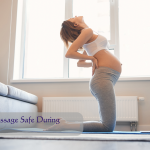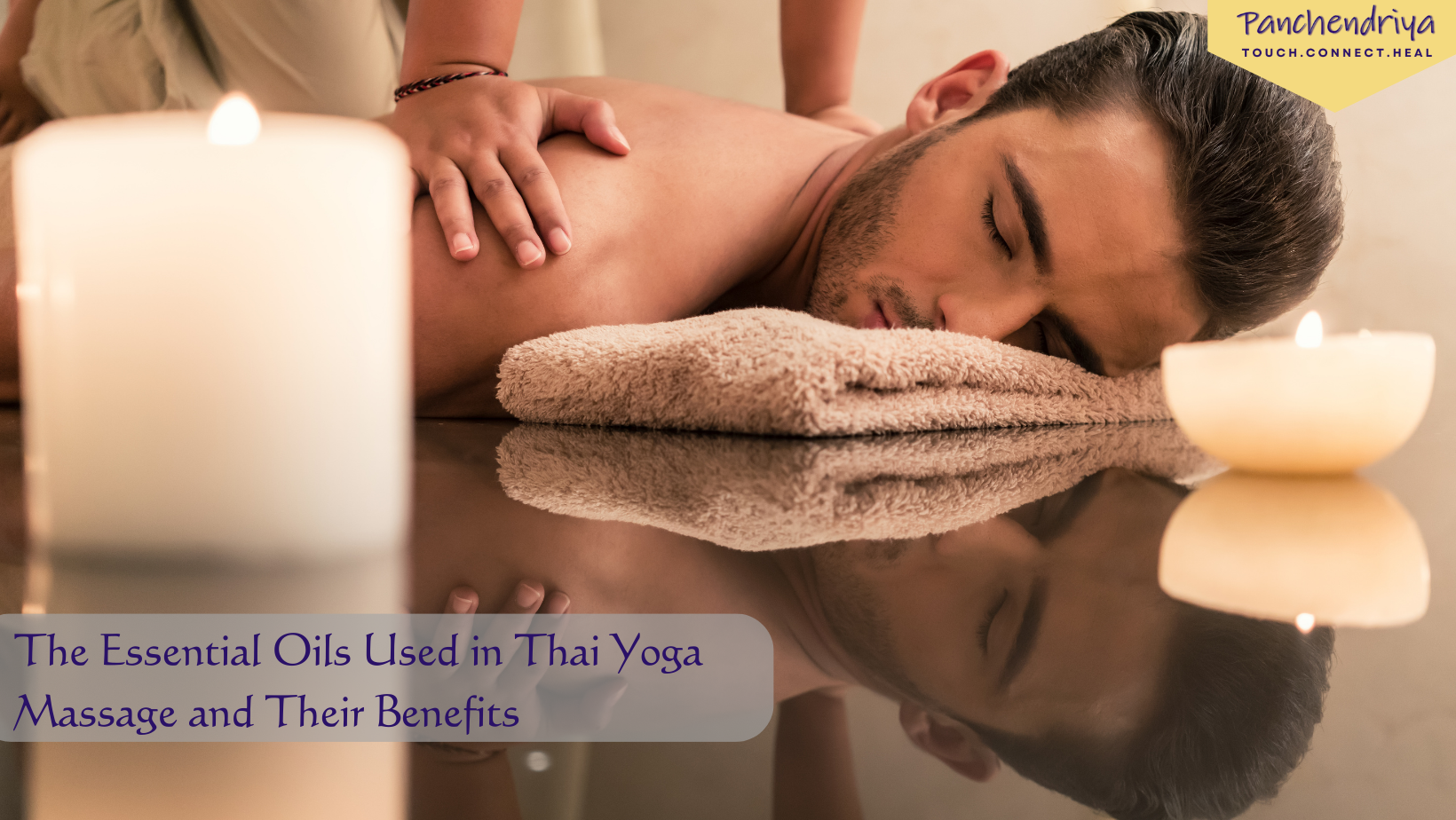Thai Yoga Massage, a holistic practice combining acupressure, stretching, and yogic postures, offers profound relaxation and rejuvenation. To elevate your client’s experience beyond the physical benefits, creating a serene and inviting atmosphere is crucial. This guide delves into various elements that contribute to a truly relaxing Thai Yoga Massage session.
By carefully considering these elements, you can transform your treatment space into a haven of tranquility, promoting deeper relaxation and enhancing the therapeutic effects of the massage. From fostering a sense of safety and trust to incorporating calming sensory experiences, we’ll explore practical tips and techniques to cultivate a perfect ambiance for Thai Yoga Massage sessions.
Crafting a Tranquil Space
Visual Ambiance:
Lighting: Opt for soft, diffused lighting. Dimmer switches allow you to adjust brightness based on client preference. Consider incorporating Himalayan salt lamps or candles for a warm glow.
Décor: Create a calming aesthetic with soothing colors like light blues, greens, or neutrals. Declutter the space, keeping only essential furniture and decorative elements that promote serenity. Natural materials like wood, bamboo, and cotton add a touch of tranquility.
Aromatherapy:
Diffuse essential oils with calming properties like lavender, chamomile, or sandalwood. Ensure proper dilution to avoid overpowering clients.
Offer clients the option to choose their preferred essential oil during their session.
Sound
Play calming music in the background. Opt for gentle instrumentals or nature sounds like soft rain or ocean waves. Keep the volume low to create a subtle and unobtrusive soundscape.
Touch:
Maintain a professional demeanor and ensure a clean, well-maintained treatment space.
Use warm towels and blankets to enhance comfort during the massage.
Employ gentle, controlled movements throughout the session.
Creating a Sense of Safety and Trust
Pre-Session Consultation:
Engage in a brief conversation with your client to understand their expectations, any areas of discomfort, and pressure preferences.
Explain the typical flow of a Thai Yoga Massage session and answer any questions they may have.
Obtain informed consent before commencing the massage.
Communication Throughout the Session:
Maintain clear communication with your client throughout the massage.
Regularly check in to ensure they are comfortable and inquire about pressure levels.
Be mindful of nonverbal cues that may indicate discomfort.
Offer modifications to poses based on the client’s needs and limitations.
Professional Demeanor:
Maintain a professional and respectful demeanor throughout the session.
Dress in clean, comfortable clothing that allows for ease of movement.
Practice good hygiene to ensure a pleasant experience for your client.
Sensory Enhancements for Relaxation
Aromatherapy:
As mentioned earlier, essential oils can significantly impact the atmosphere. Consider offering clients a variety of essential oils to choose from based on their desired effects.
Experiment with creating custom essential oil blends specifically tailored to promote relaxation during Thai Yoga Massage sessions.
Tactile Experience:
Utilize a variety of massage techniques that create a sense of relaxation.
Incorporate gentle stroking motions alongside acupressure and stretching techniques.
Use warm towels and blankets throughout the session to enhance comfort.
Auditory Experience:
Curate a playlist specifically designed for Thai Yoga Massage sessions. Consider incorporating binaural beats, known for their relaxation-inducing properties.
Ensure the music volume is low and unobtrusive, allowing for a peaceful and serene environment.
Offer clients the option to wear headphones during the session if they prefer a more immersive auditory experience.
Visual Enhancements:
While maintaining a decluttered space, consider incorporating calming visuals into your treatment room. Nature scenes or abstract artwork in soothing color palettes can promote relaxation.
Opt for soft lighting fixtures that don’t create harsh shadows or glare.



